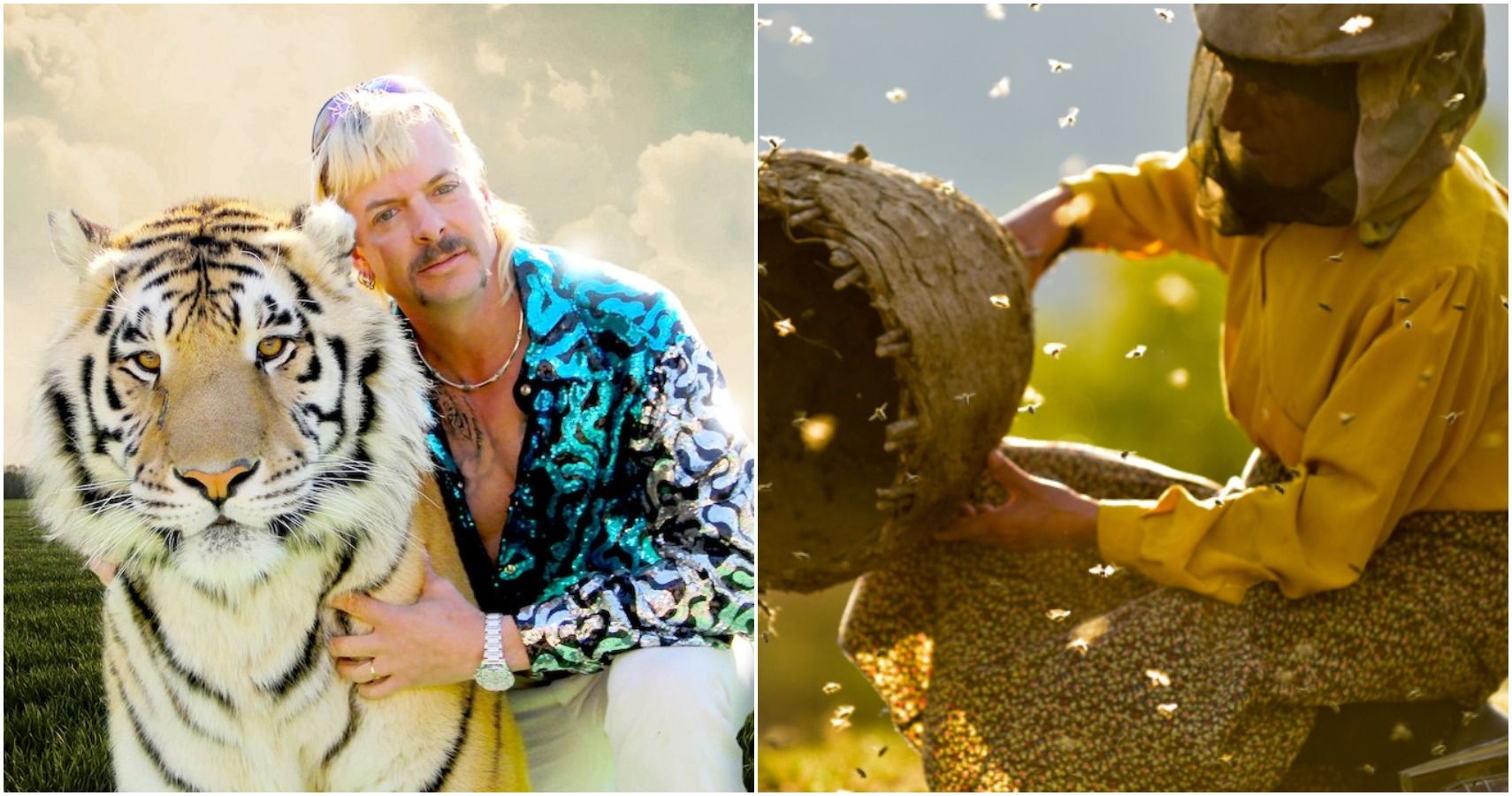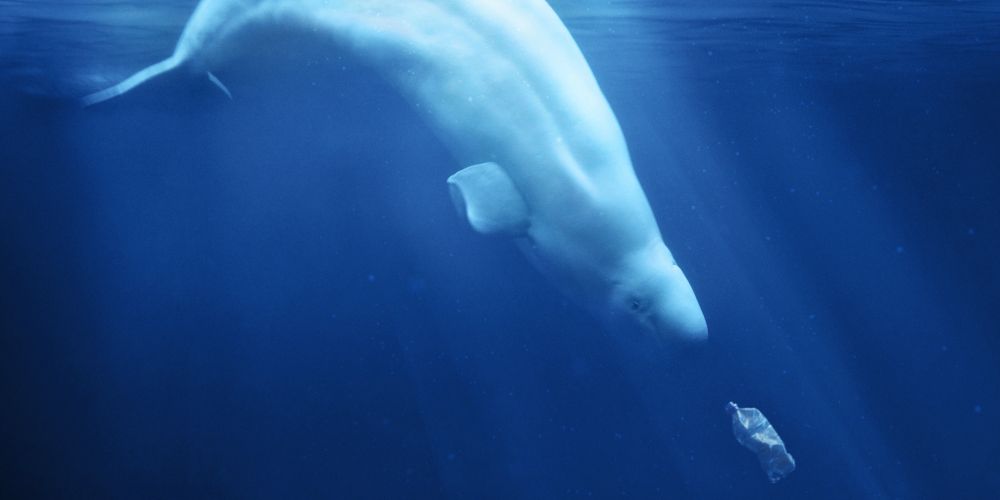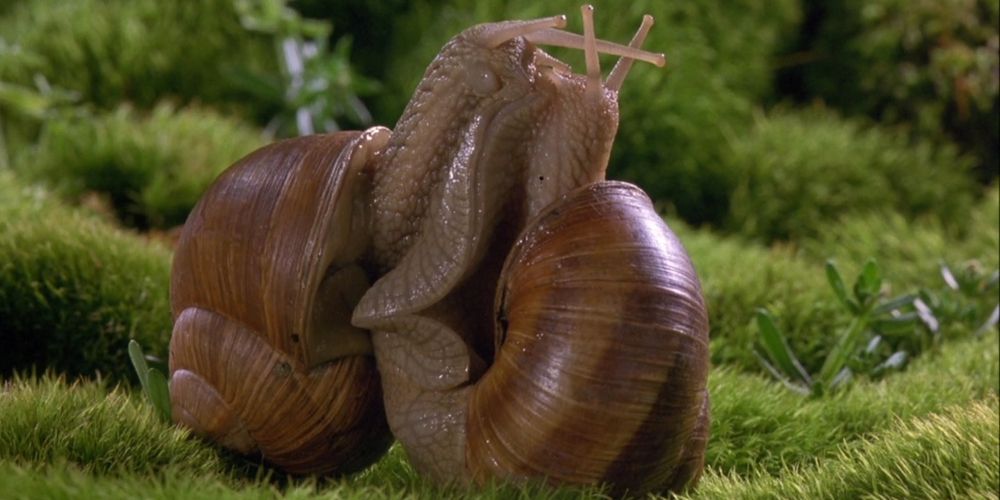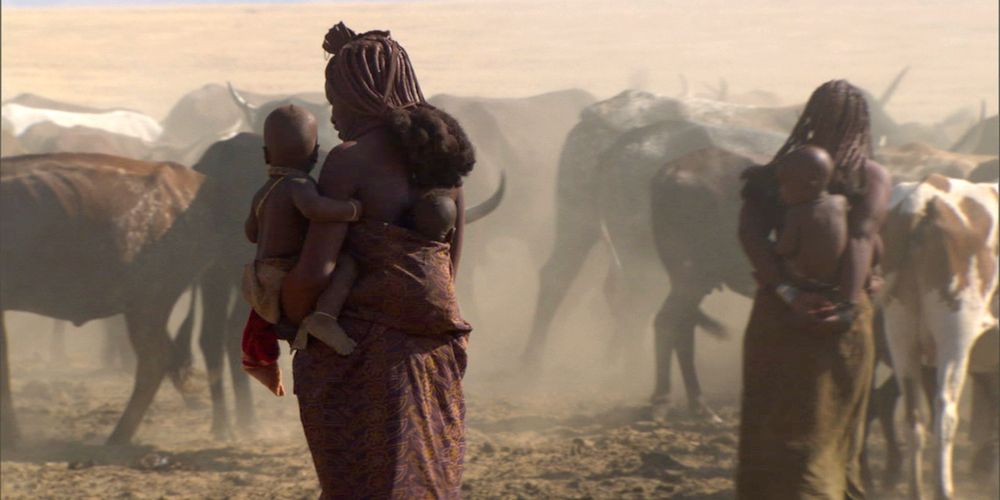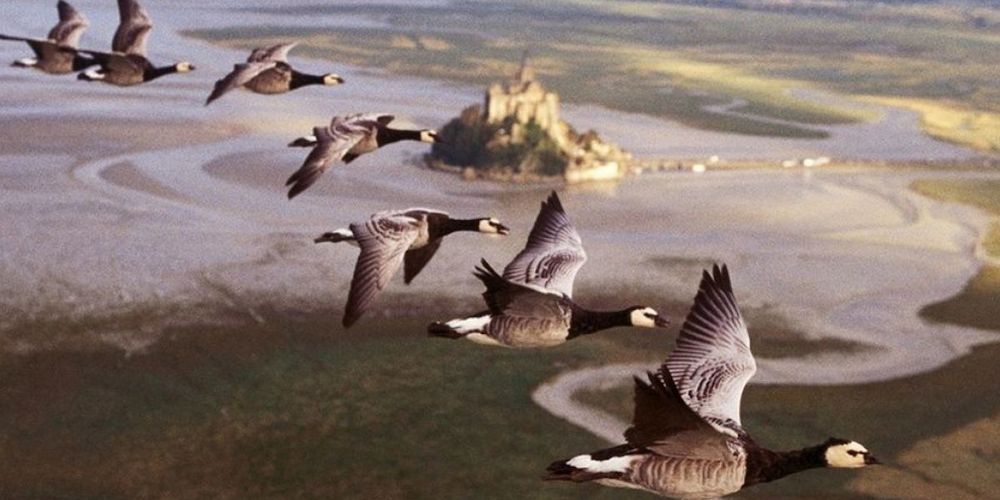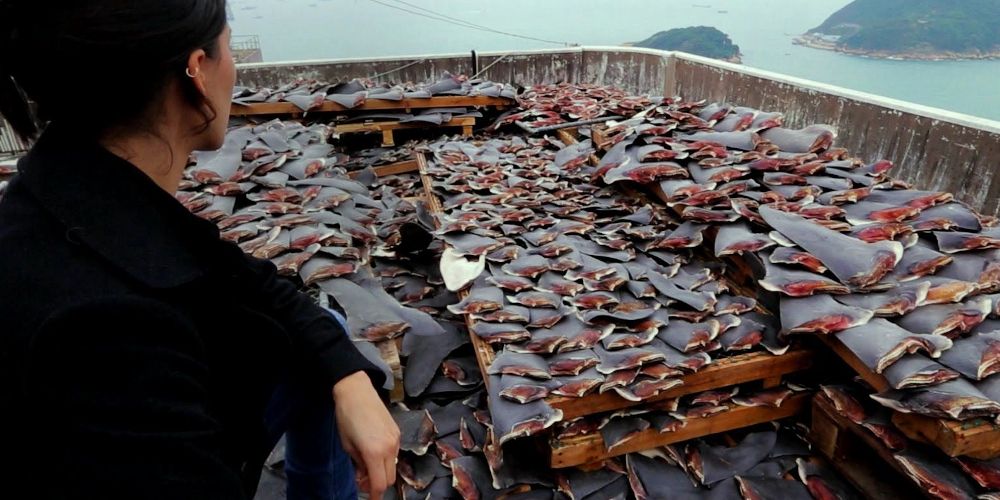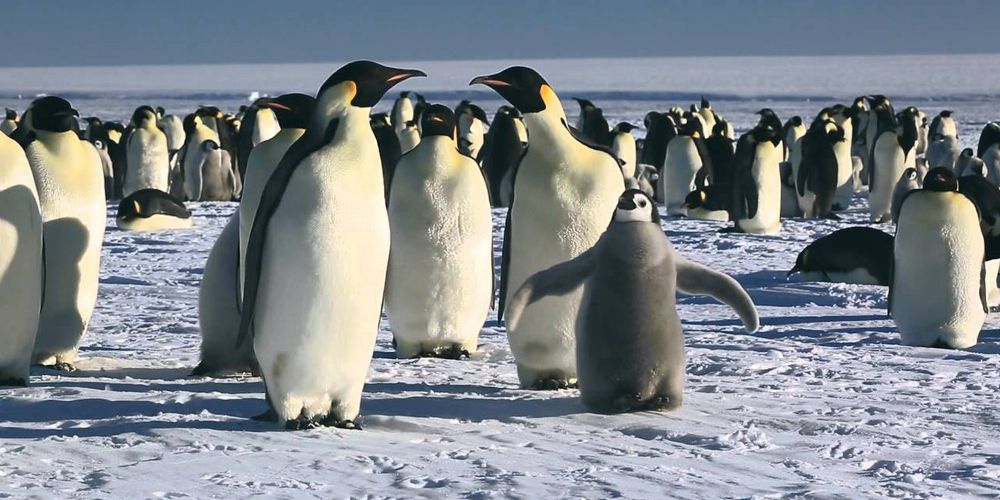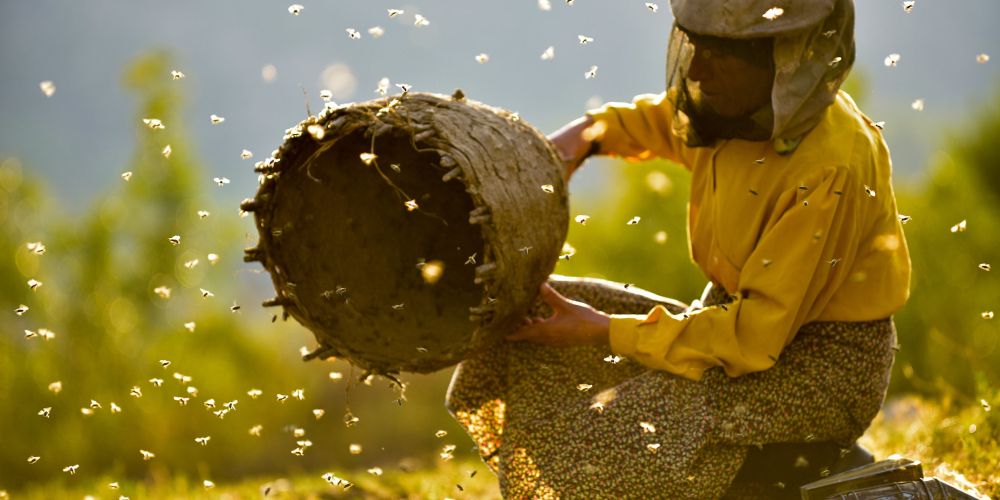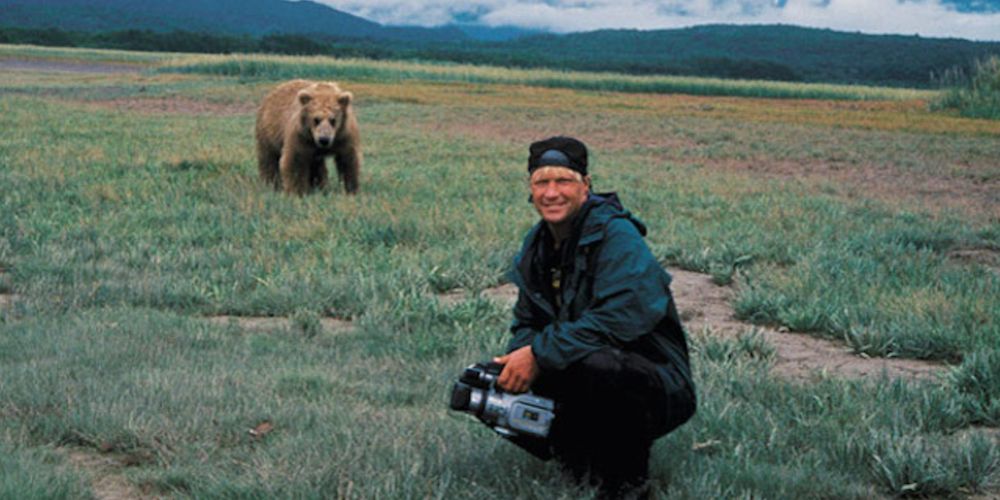Netflix's Tiger King: Murder, Mayhem and Madness focuses on the complex world of big cats by telling the stories of the bigger personalities involved in both conservation and collection efforts. This docuseries is one of Netflix's most popular to date, thanks mostly to the eccentric characters it follows, people who resort to violence, embezzlement, and running for political office in order to maintain their way of life.
Despite its focus, Tiger King is ultimately a story about all the rare and exotic animals caught up in the crosshairs, animals who are frequently abused, kept in small cages, and tossed from owner to owner. For those who want to know more about animal welfare and conservation issues, this list sums up 10 related documentaries to watch next.
A Plastic Ocean (2016)
Another Netflix documentary, A Plastic Ocean details how the world's fragile ocean ecosystems are being devastated by plastic waste. Filmed over four years, it starts as a quest for journalist Craig Leeson, who is tracking down the evasive blue whale, but things evolve into a crusade against polluted seas.
Instead of reveling in the terror of the situation like Tiger King, this film tries to find solutions, investigating ways to save sea life from human interference.
Virunga (2014)
This Oscar-nominated feature is also available on Netflix. It shines a light on the multiple outside forces pitched against the endangered mountain gorillas in Congo's Virunga National Park.
These antagonists include oil prospectors, warring political groups, and poachers. Threatened by armed conflict and greedy businessmen, the people working to save this diverse and vital park give the story a human aspect.
Microcosmos (1996)
Long before Planet Earth, there was Microcosmos. This stunning documentary makes the world of insects and small invertebrates feel epic. It also showcases why the lives of these creatures humanity often overlooks are so important.
The movie won multiple awards for its impressive cinematography, and it keep viewers glued to the screen until the end credits roll.
Milking The Rhino (2009)
Set in Kenya and Namibia, Milking the Rhino shows how Western influences compromise the livelihood of both villagers and animals. The Maasai of Kenya and the Ovahimba of Namibia have survived as cattle farmers for centuries, and efforts by outside conservation groups to turn these lands into preserves for tourism have led to controversial results.
These groups and their livestock are at a turning point where they will either have to adapt to globalization or get caught up in the wake of change.
Winged Migration (2001)
Thanks to its impressive aerial shots, Winged Migration celebrates the treacherous, instinctual journeys millions of birds undertake each year during their migratory seasons, journeys jeopardized by climate change and development.
Over four years, the film follows birds in all seven continents, employing no special effects to exhibit the otherworldly nature of their flights. This film is produced by the same French filmmakers involved in the making of Microcosmos.
Mission Blue (2014)
Dr. Sylvia Earle is a world-renowned marine conservationist, and this documentary depicts her lifelong efforts to establish protected marine sanctuaries around the world.
In the documentary, over 100 of Dr. Earle's colleagues in the field gather in the Galapagos Islands in order to make her vision a reality. As the group's expedition comes to a close, the Deepwater Horizon oil rig explodes in the Gulf of Mexico, making their world all the more essential.
Racing Extinction (2015)
Louie Psihoyos, responsible for 2009's documentary The Cove, is also behind this film that traces the current mass extinction event devastating ecosystems and animal populations all over the world.
From climate change to poaching to animal agriculture to illegal wildlife trade, the film painstakingly highlights every way humans are interfering with the natural world. It also provides solutions by telling the stories of scientists and activists involved in efforts to curb these terrifying events.
March Of The Penguins (2005)
An Oscar-winning documentary, March of the Penguins is narrated by Morgan Freeman. The movie makes a cinematic experience out of the lives of emperor penguins in Antarctica, birds who migrate inland from the coast every autumn in order to breed.
Covered in ice, Antarctica's sensitive ecosystems are experiencing the effects of climate change at a much more rapid pace than other parts of the world, putting the health of creatures like these penguins at serious risk.
Honeyland (2019)
Honeyland is a visually breathtaking feature about a Macedonian beekeeper named Hatidže Muratova. Muratova maintains an ethereal relationship with the natural world, one based on respect and symbiosis.
Bee populations have been ravaged by climate change, and Honeyland shows how people can coexist with other lifeforms in mutually beneficial ways.
Grizzly Man (2005)
Werner Herzog's infamous documentary about Timothy Treadwell, an environmentalist who spent most of his adult life obsessed with bears, tells the story of a character on par with Joe Exotic.
With little regard for his own safety or that of the bears whose lands he encroached upon, Treadwell spent over a dozen summers in Alaska trying to integrate himself in the lives of the creatures he loved so much. In 2003, Treadwell and his girlfriend were both killed by a massive brown bear.

